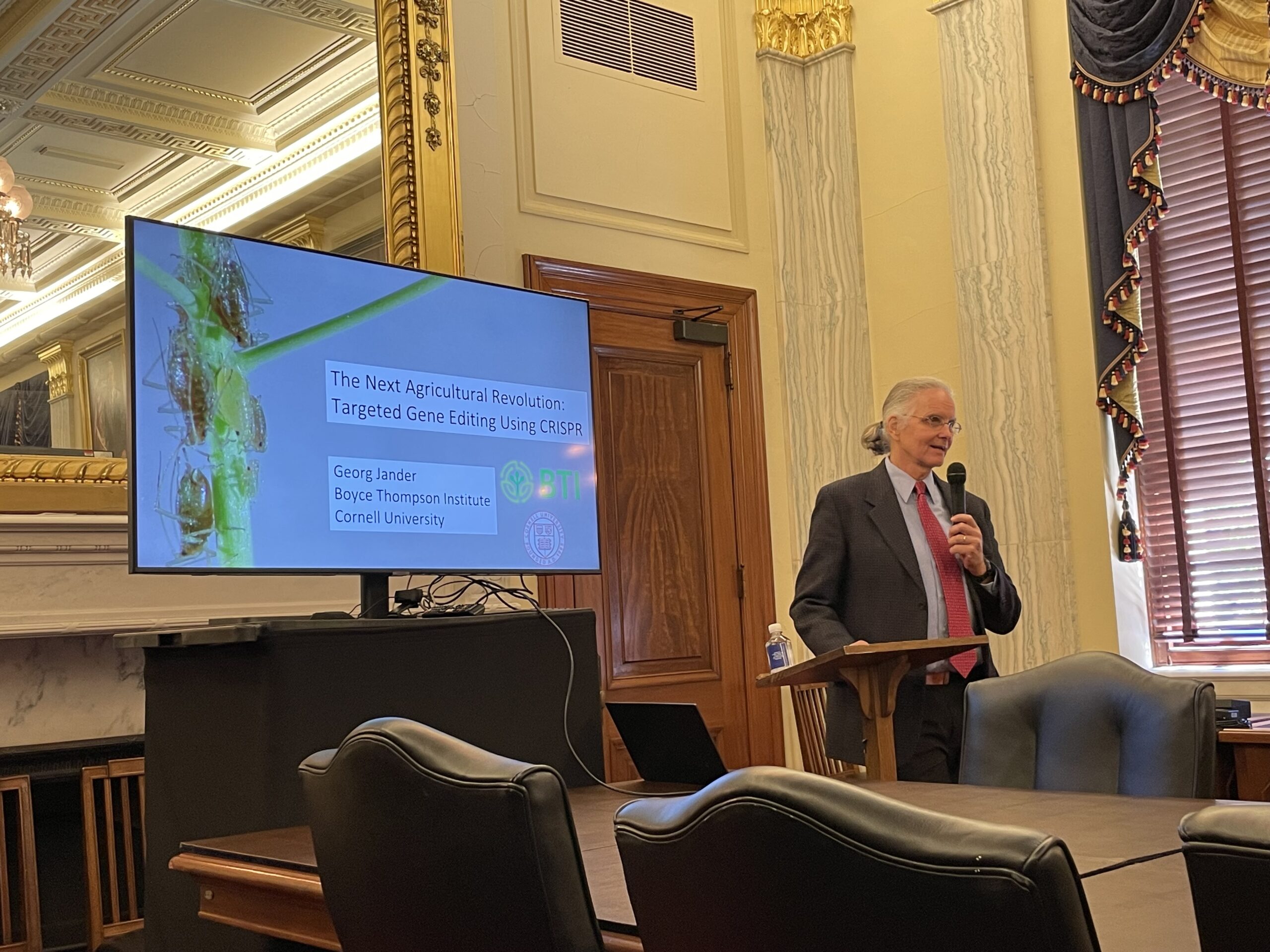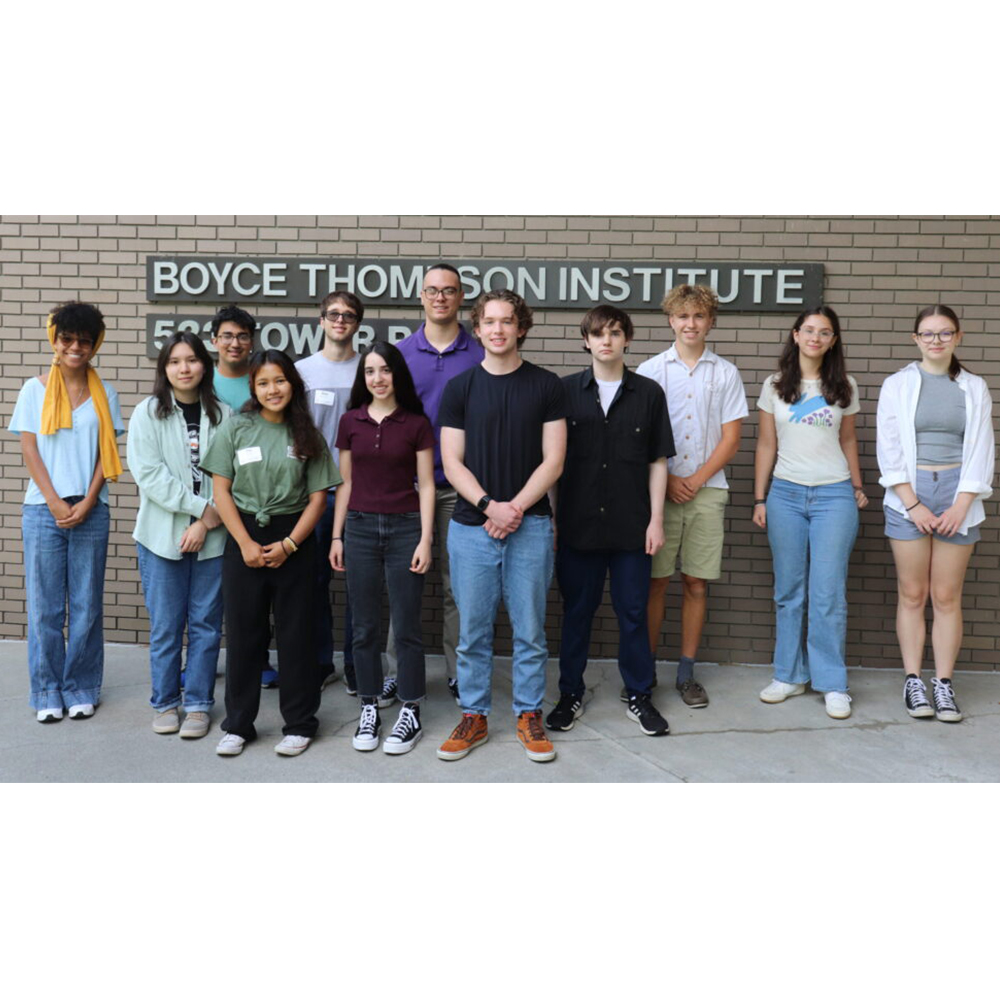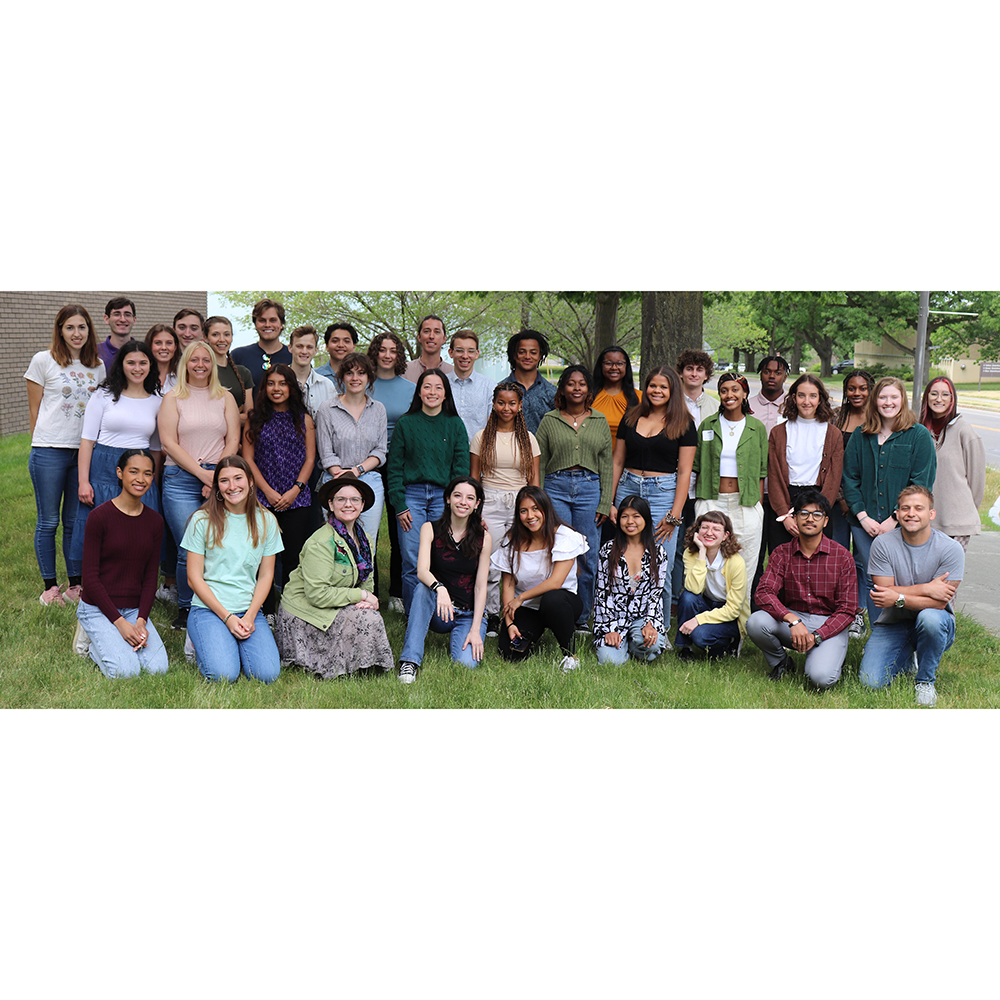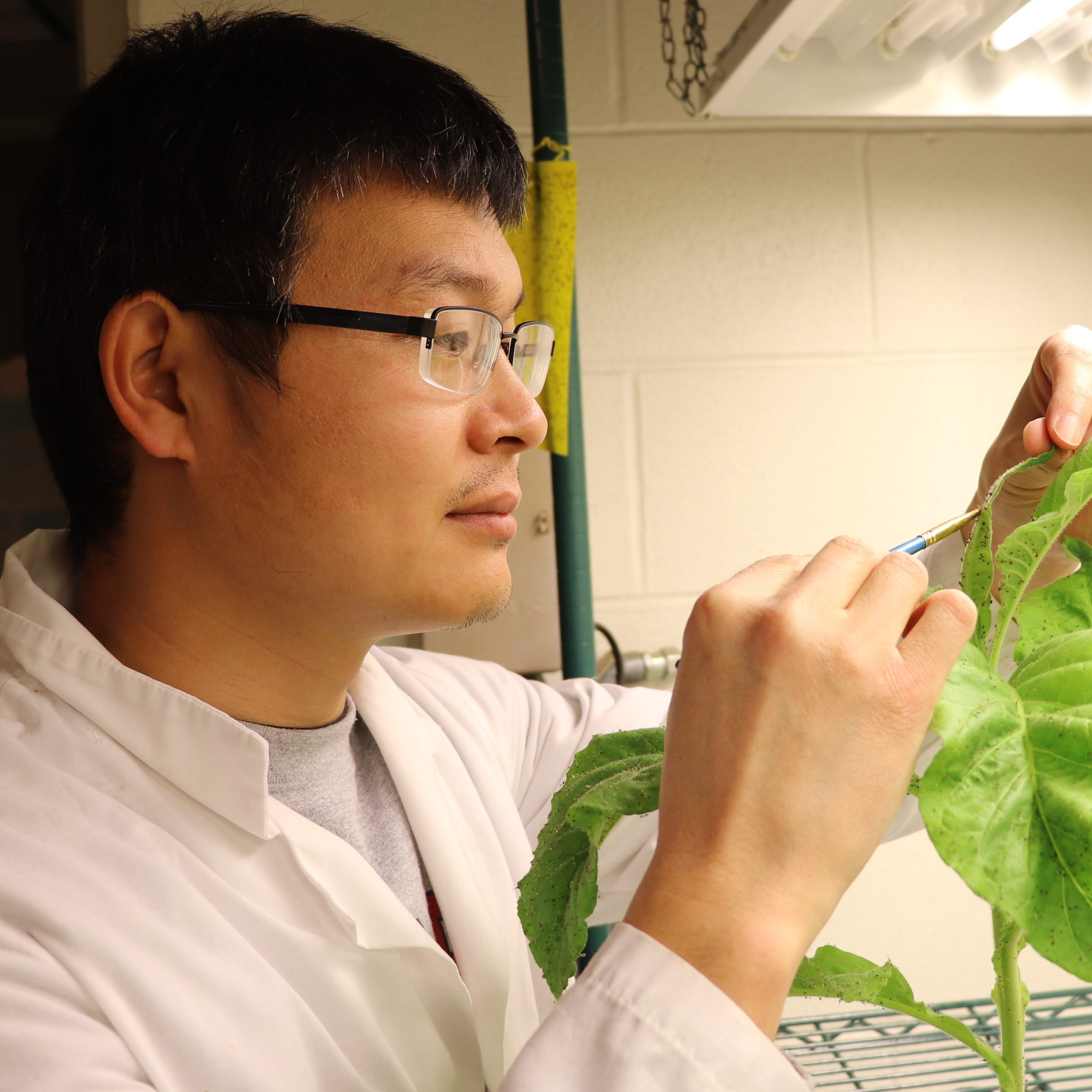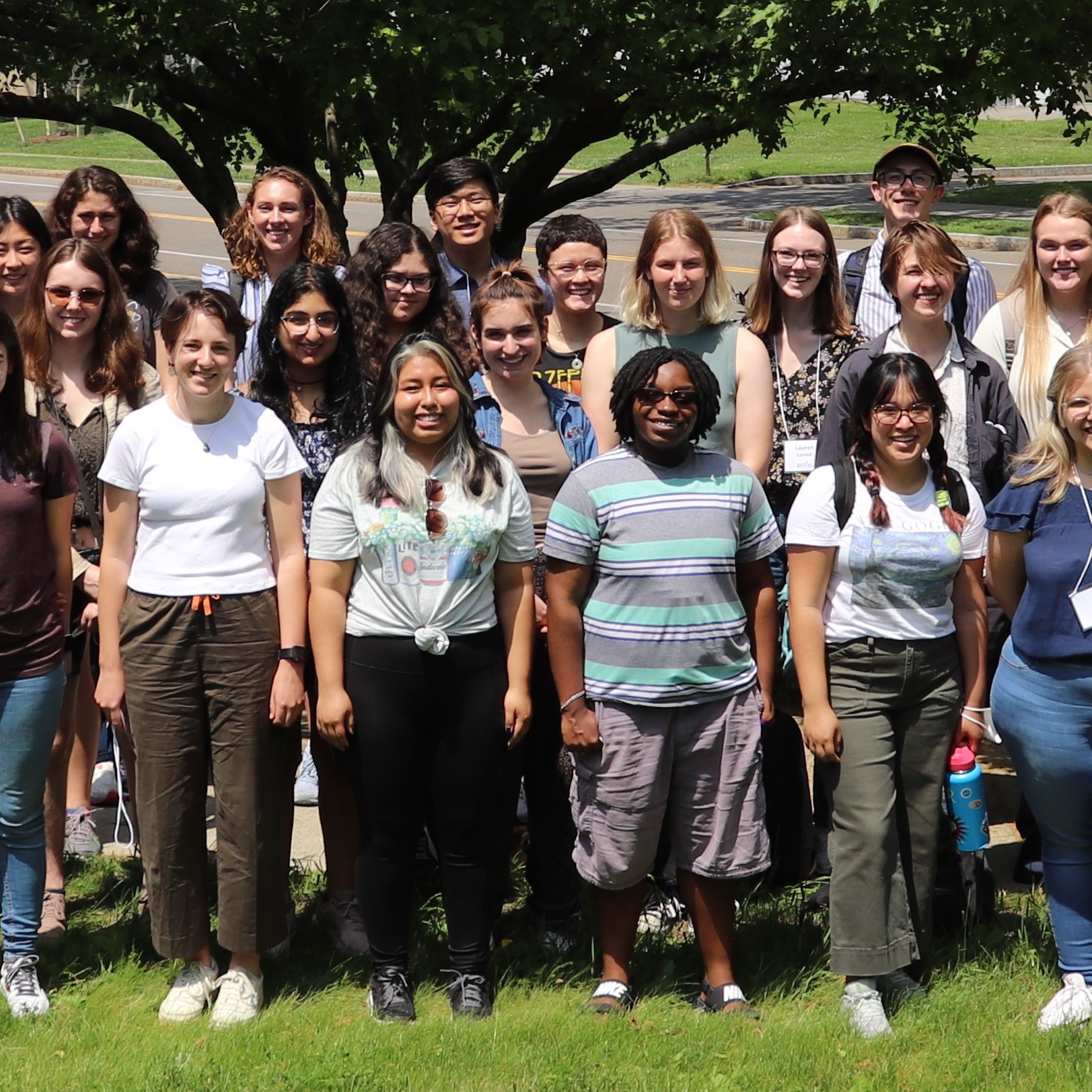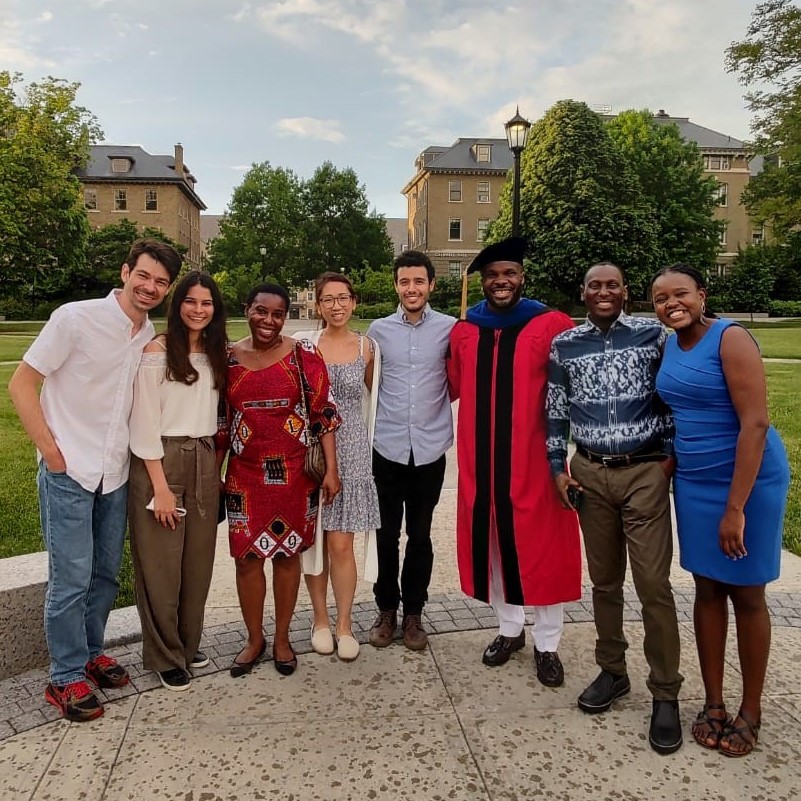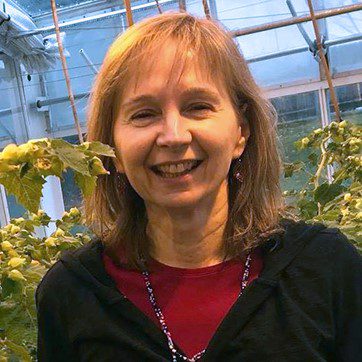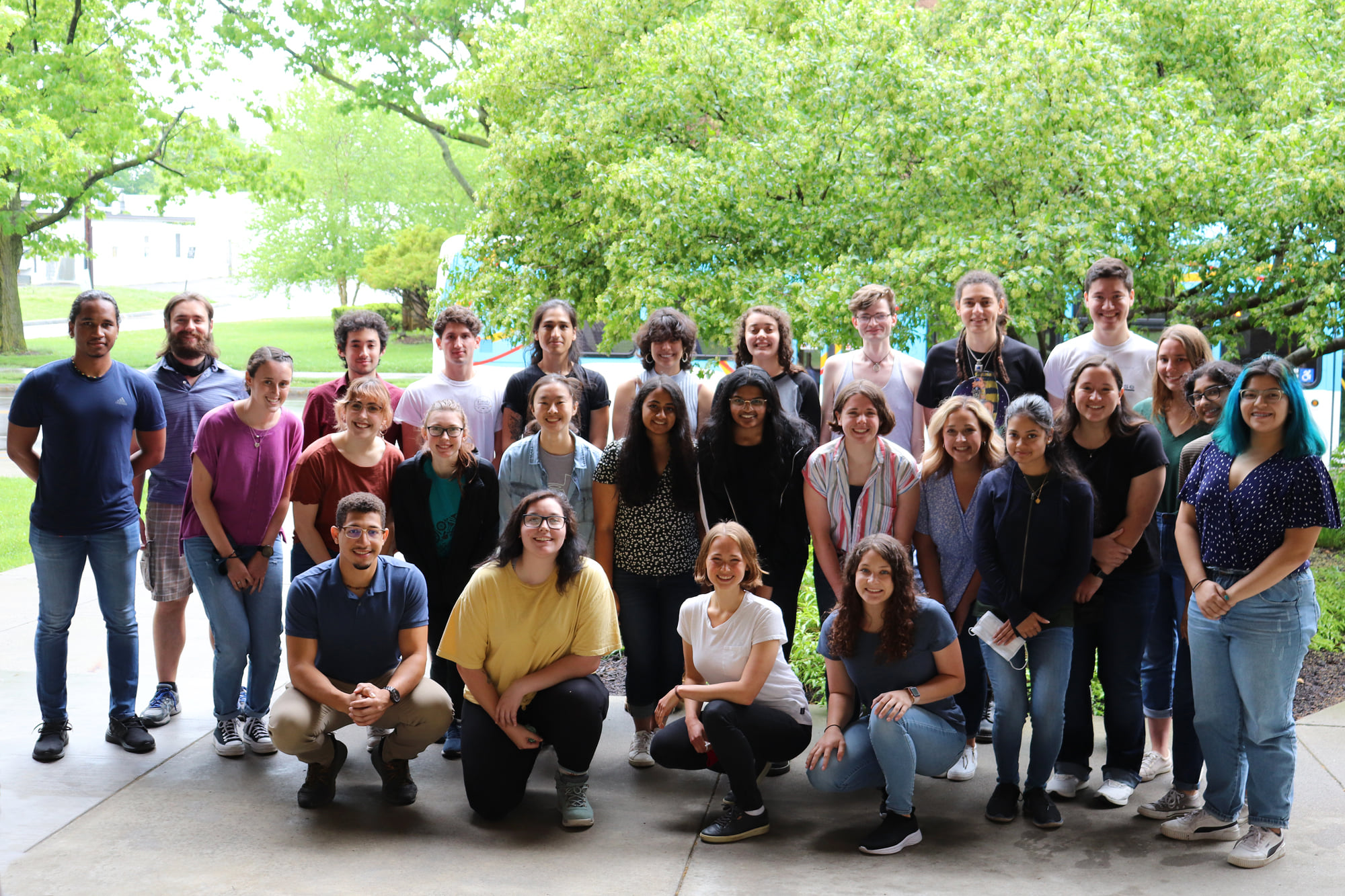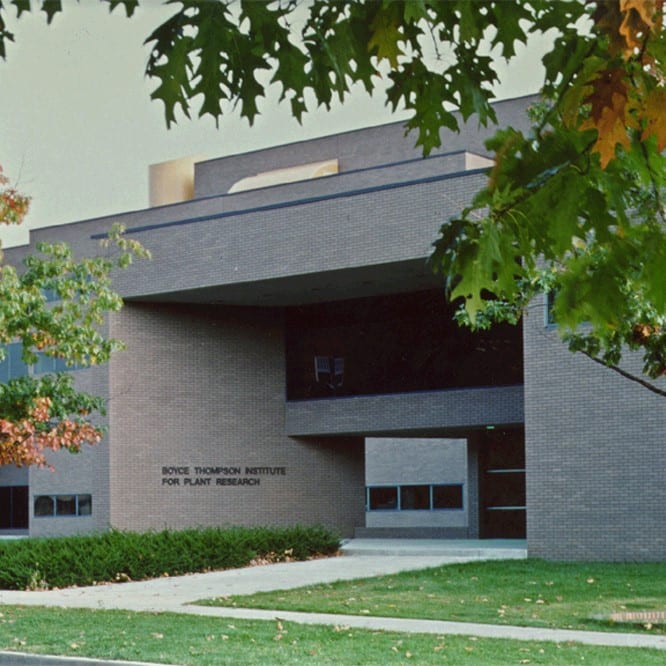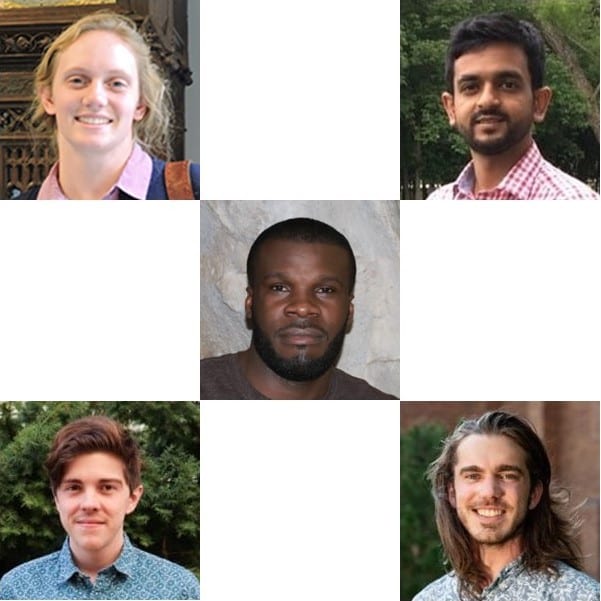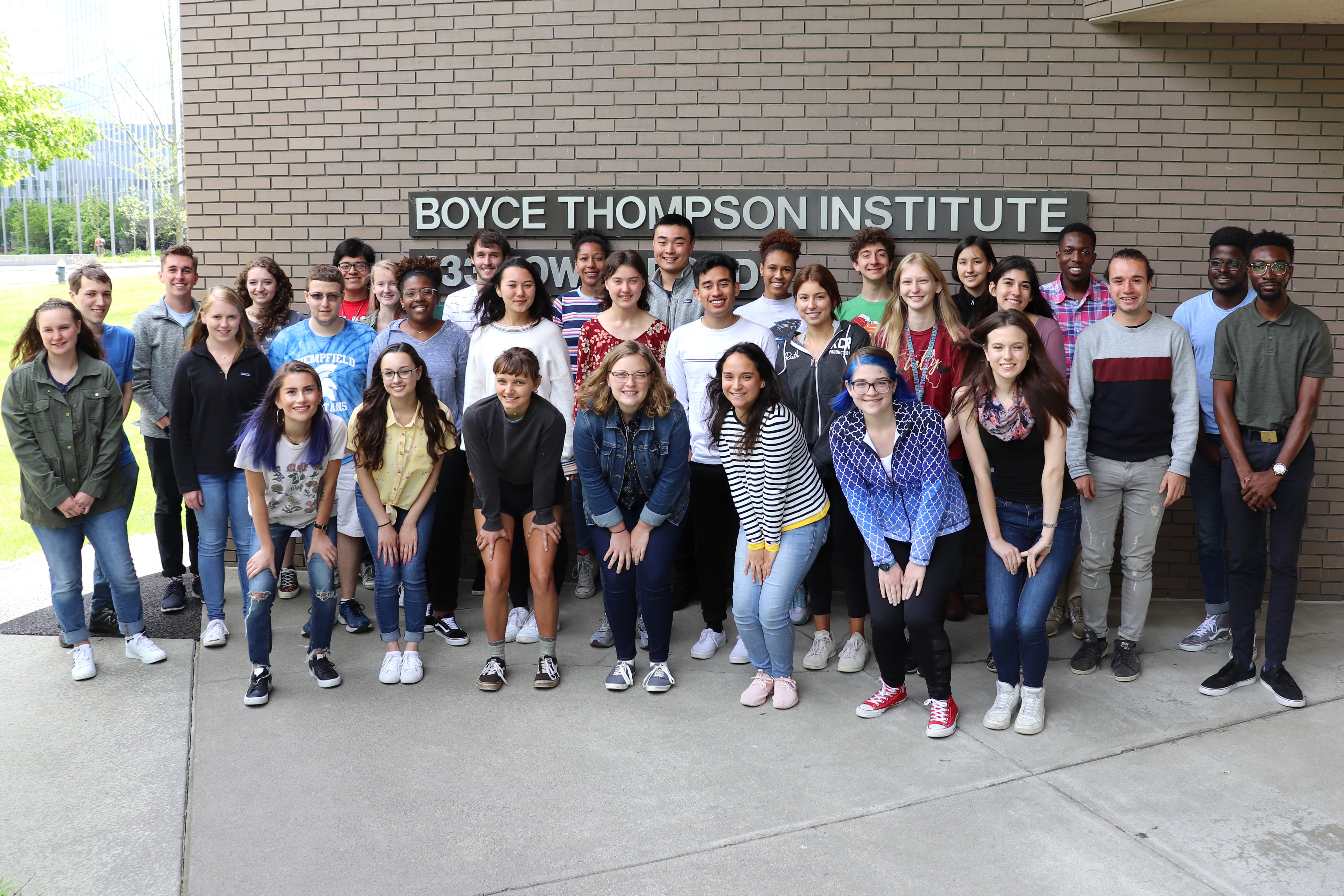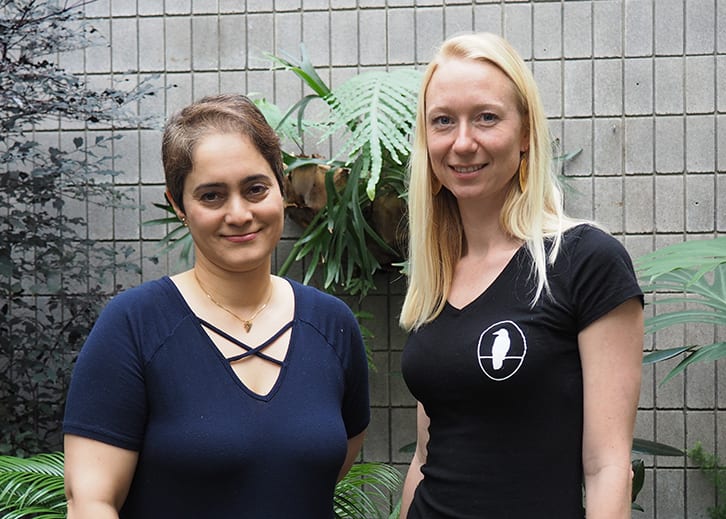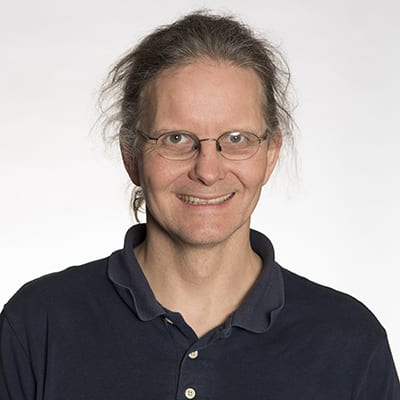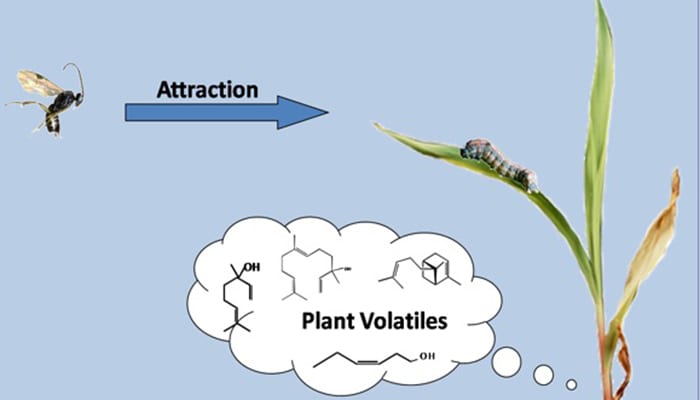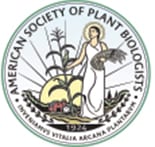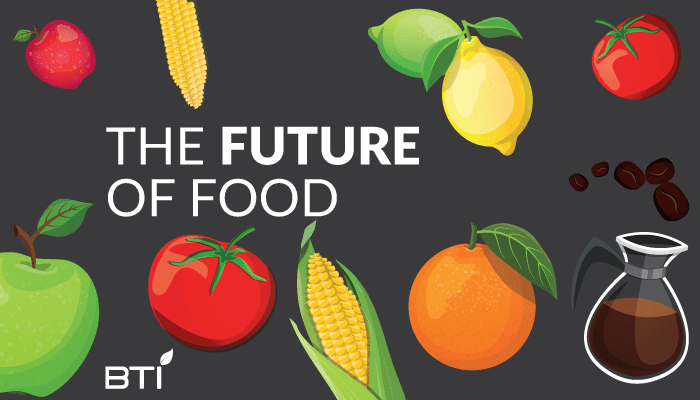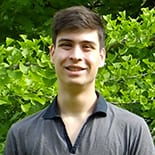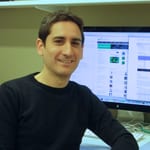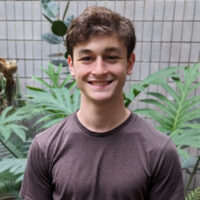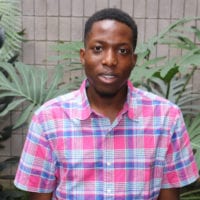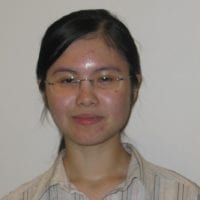
Introduction
Plants in nature are faced with attack by potentially several hundred thousand species of herbivorous insects. Nevertheless, the world is still green, and any given plant species is resistant to attack by most insects. To a large extent, resistance to herbivory is mediated by a wide array of toxic and deterrent plant metabolites. Between- and within-species variation in the production of defensive chemicals often determines which plants a particular insect species is able to consume. Some economically important plant toxins, e.g. nicotine in tobacco and glucosinolates in cruciferous vegetables, have been studied extensively. However, the great majority of plant defensive metabolites remain completely unknown. A typical leaf contains a few thousand different small molecules that can be detected by mass spectrometry, but only a few hundred of these have identified structures. Many, perhaps most of these completely unknown plant metabolites function in defense against herbivores and/or pathogens.
The Jander lab studies the genetic and biochemical mechanisms that mediate plant interactions with insect herbivores. This includes not only the identification of novel defense-related plant metabolites, but also characterization of the genes and enzymes that are involved in their biosynthesis. Plant species that are currently being investigated include Zea mays (maize), Arabidopsis thaliana (mouse-ear cress), Asclepias syriaca (common milkweed), Asclepias syriaca (tropical milkweed), Erysimum cheiranthoides (wormseed wallflower), and Nicotiana benthamiana (an Australian tobacco species). Genetic mapping of natural variation in insect resistance, mass spectrometry-based screens to identify previously unknown plant defensive metabolites, and characterization of biosynthetic enzymes through knockout mutations and in vitro enzyme assays have led to the discovery of novel plant defense mechanisms. On the insect side of the interaction, a major research focus is the investigation of strategies that herbivores use to avoid plant defenses or suppress them in a targeted manner.
Examples of current research projects in the Jander lab are:
Maize-insect interactions
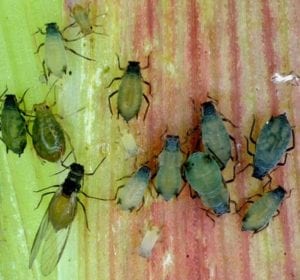
Thirteen corn leaf aphids (Rhopalosiphum maidis) and one green peach aphid (Myzus persicae) on the stem of a maize plant.
Benzoxazinoids, a group indole-derived metabolites, have a prominent role in the herbivore defenses of maize, wheat, rye, and other grasses. Research in the Jander lab has included the discovery of previously unknown genes involved in maize benzoxazinoid biosynthesis, isolation of mutations that affect defense-induced benzoxazinoid production, and investigation of defensive trade-offs in the production of different types of benzoxazinoids. A current research focus is the regulation of other maize defenses by benzoxazinoids and their breakdown products.
Among insects that feed on maize, Rhopalosiphum maidis (corn leaf aphids) have been a longer-term research interest in the lab. Cultivated maize varieties show wide variation in their resistance to aphid feeding. Specific genes that mediate aphid resistance have been identified by quantitative trait locus (QTL) mapping of aphid progeny production on different maize inbred lines. To investigate the insect side of the interaction, Sugarcane mosaic virus, which infects maize and is transmitted by aphids, has been engineered for virus-induced silencing of aphid transcription. By reducing aphid gene expression in a targeted manner, it is possible to study the function of specific genes in plant-aphid interactions.
Arabidopsis-aphid interactions
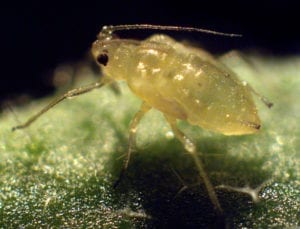
A fourth-instar green peach aphid (Myzus persicae) on an Arabidopsis leaf
The green peach aphid (Myzus persicae) feeds readily on hundreds of plant species, including the genetic model plants Arabidopsis thaliana (Arabidopsis) and Nicotiana benthamiana (an Australian tobacco species). As broad generalist herbivores, green peach aphids are exposed to a wide variety of toxic metabolites in the plants from which they are feeding. Thus, green peach aphids must have broadly effective mechanisms to avoid or inactivate plant toxins and other defenses.
Analysis of salivary proteins, which are injected into the plant phloem when aphids are feeding, has demonstrated that some act as effectors that suppress plant defenses, whereas others are recognized by plants as signals to initiate defense responses. Silencing the expression of aphid salivary genes by RNA interference, in combination with Arabidopsis and N. benthamiana mutant lines, can demonstrate the specificity of such interactions. Ongoing research in the Jander lab is directed at identifying the functions of individual aphid salivary proteins, as well as their targeted interactions with defense signaling and metabolic pathways in plants.
Biosynthesis of cardiac glycosides in wallflowers and milkweeds
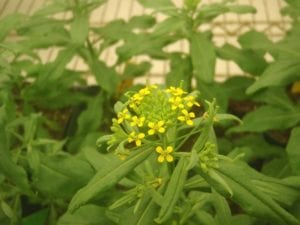
Wormseed wallflower (Erysimum cheiranthoides) in a growth chamber at the Boyce Thompson Institute.
Production of cardiac glycosides, plant defensive metabolites that are toxic to most animal species, has evolved several times in different plant families. However, despite hundreds of publications on the ecological functions and medical uses of cardiac glycosides, the complete biosynthetic pathway has not been identified any plant species. Working together with Tobias Züst at the University of Bern and other collaborators, the Jander lab has established Erysimum cheiranthoides (wormseed wallflower) as a new genetic and genomic model system for studying cardiac glycoside biosynthesis. Isolation of mutant lines, co-expression analysis, and comparative genomics have identified numerous candidate genes involved in cardiac glycoside biosynthesis by wallflowers. In addition to investigating the defensive functions of the different cardiac glycosides in wallflowers, a major goal of this research is to identify the complete biosynthetic pathway and thereby enable the production of cardiac glycosides in heterologous systems.
Like wallflowers, Asclepias syriaca (common milkweed) and Asclepias curassavica (tropical milkweed) produce cardiac glycosides as a defense against insect herbivory. Correlation of cardiac glycoside content and gene expression in different milkweed tissues has identified candidate genes for cardiac glycoside biosynthesis in milkweeds. The role of these genes in cardiac glycoside biosynthesis will be tested by expression silencing in common milkweed and/or tropical milkweed. Since wallflowers and milkweeds evolved cardiac glycoside biosynthesis independently, it is likely that they use similar but not identical biosynthetic pathways for the production of these important defensive metabolites.
-
Controlling insect pests by targeting genes acquired from other species
Killing crop-damaging insects by targeting genes essential to their survival is a promising approach to pest control. Because essential genes are often conserved across multiple insect species, the challenge is […] Read more »
Plants in nature are subject to attack by wide variety of caterpillars, beetles, aphids, and other insect herbivores. Although there are a million or more species of herbivorous insects, any individual plant species is resistant to the vast majority of these. Insect feeding is inhibited by an array of chemical defenses that exhibits great variability both within and among different plant species. However, although it is known that any plant leaf contains several thousand different metabolites, most of these remain unidentified. In the Jander lab we are investigating natural variation in the herbivore resistance of maize, tomato, and potato to elucidate the molecular basis of plant defense traits. Through a combination of genetic crosses, gene expression assays, metabolite profiling, and insect growth experiments, we are able to identify specific plant genes, biosynthetic pathways, and metabolites that are required to mount an effective anti-herbivore defense.
Internship Program | Projects & Faculty | Apply for an Internship





